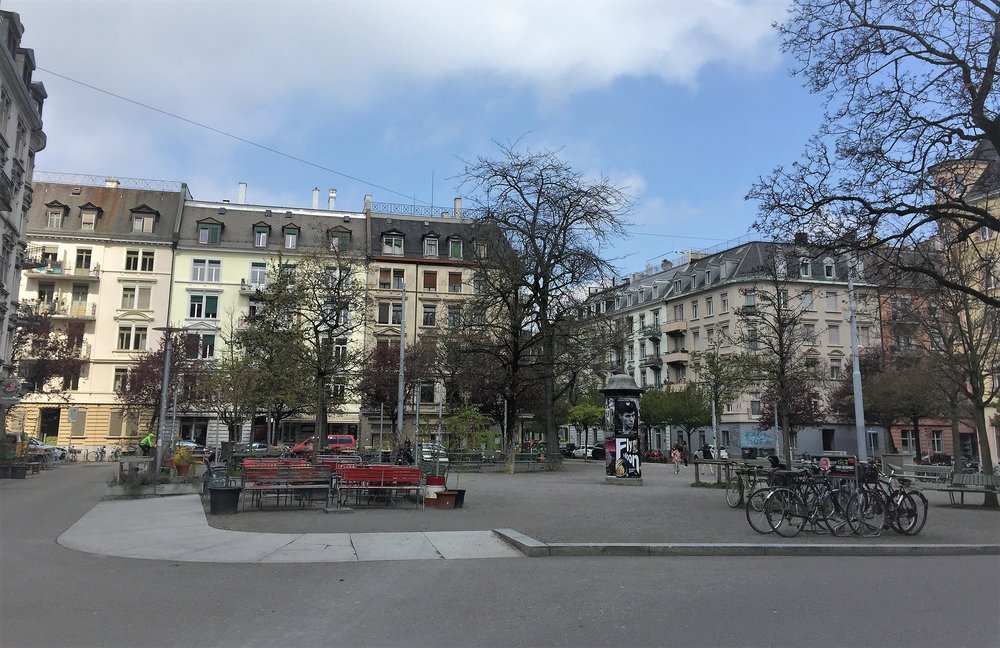We want to hear how you use CEA in your case studies!
Please click here to arrange a meeting with the CEA Team.
Case Studies
CEA is an R&D endeavor fed by results from real applications . As a result, we have partnered with industry, academia and governance to test CEA in real urban areas and case studies. Current case studies include mixed-use districts in Singapore and Zurich.
Singapore - Ecocampus
Zurich - Wiedikon
Singapore - Tanjong Pagar
Almere – Floriade legacy >2022
Singapore - Ecocampus
The Nanyang Technological University (NTU) Singapore’s EcoCampus Initiative aims to be a leading example for high impact energy efficiency and sustainability for urban developments in Singapore. The goal is to achieve 35% reduction in energy, carbon, water and waste intensity. The initiative encompasses the NTU Campus as well as new developments in the neighbourhood.
The CEA is used in the RD&D Project “Urban infrastructure optimization for Eco-Campus project” together with industry partner VEOLIA for energy demand and emission forecasting for the campus in 2020 and spatial visualization of supply systems choices to support the decision making process for the optimal choice of energy supply technologies for the future.
Aim: Demand Forecasting and Data Analytics, Type: Research + Consultancy, Partners: Erion and Veolia modeling Centre Year: 2017
Zurich - Wiedikon
The case study area in Alt-Wiedikon Zurich was originally selected as an ideal location to investigate the impact of pure geometric form on building energy performance. This study includes over 5,960 individual buildings where over 84% are either residential or mixed-use residential buildings primarily built between 1920-1975.
The forecasts of energy demand and solar photovoltaic (PV) generation of CEA are used as input data for an agent-based model to simulate the adoption of individual and community solar PV systems. The agent-based model analyses how the geographical location of households, their environmental attitudes, their interactions, and the prices of electricity and solar PV systems interact with the new ZEV (Zusammenschluss zum Eigenverbrauch) regulation. The research goal is to explore the evolution of solar PV adoption for such urban quarters in Switzerland.
Aim: Agent-based model to analyse individual and community solar photovoltaic system adoption, Type: Research, Partners: Group for Sustainability and Technology, D-MTEC, ETH Zürich, Year: 2018-2019
Singapore - Tanjong Pagar
Singapore's biggest ship terminal will be transformed into a potential high-density, mixed-used city quarter by 2030. The CEA is used to study synergies between buildings and the district energy infrastructure for the site.
Here you can find the final presentations from the research project, Multi-Scale Energy Systems from Low Carbon Cities (MuSES).
Aim: Demand forecast and district energy systems optimization, Type: Research, Partners: Grand Project, Urban Redevelopment Agency, Year: 2016- 2018
Almere – Floriade legacy >2022
Amsterdam’s metropolitan area faces an explosive population growth over the next twenty years. Within this expansion, the Municipality of Almere will realize the largest portion of new developments, including 60 000 new homes. Almere has the ambition of increasing its size while also increasing the quality of life for its inhabitants, including ambitious plans regarding sustainability. The legacy of the site of Floriade 2022 (the world’s largest horticultural expo) in Almere, will be co-developed as a green extension to the city center with the theme ‘Growing Green.’ The proposal creates an energy-neutral, mixed-use residential area that directly integrates a grid of ‘gardens’ into the built environment.
The CEA is used in the EU ERA-Net project “SPACERGY” to analyze the effect of building form and vegetation on the area’s energy demand in terms of quantity, quality (temperatures) and dynamics.
Aim: Demand Forecasting. Type: Research. Partners: Municipality of Almere, TU Delft, Amsterdam Institute for Advanced Metropolitan Solutions. Year: 2016 - 2019.





